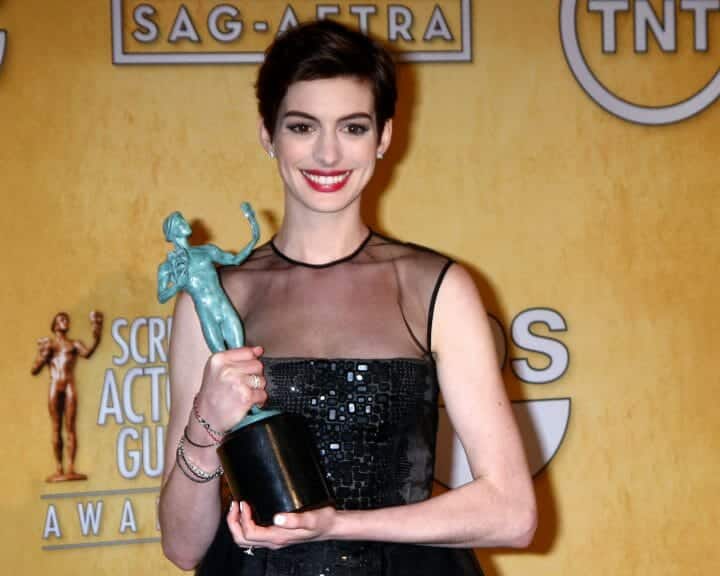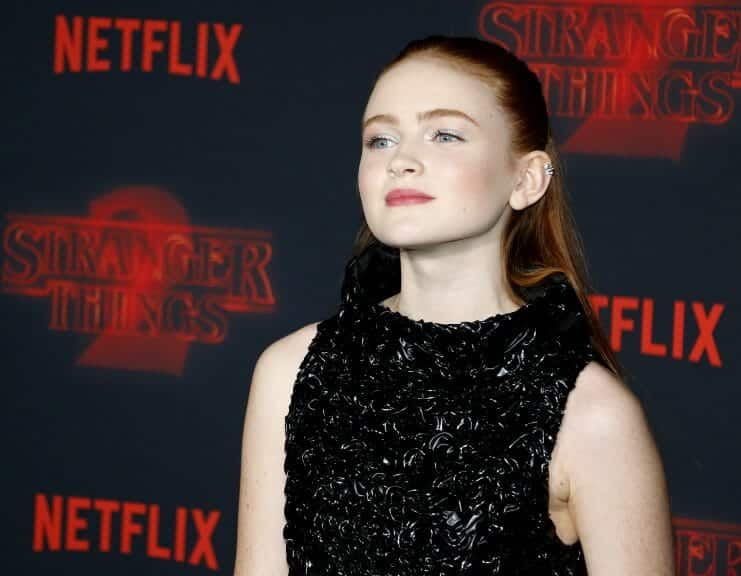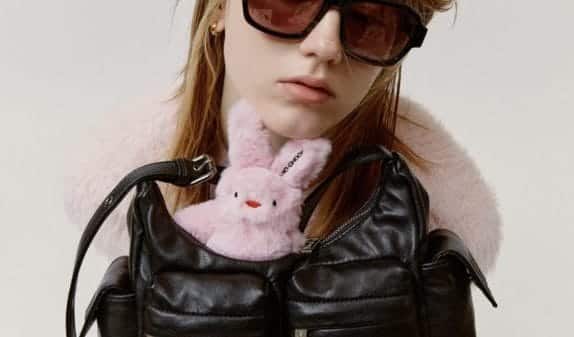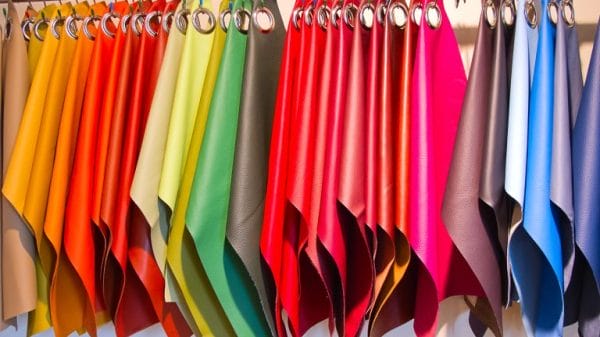About a month ago, photos online revealed actress Sadie Sink’s hair transformation. Long gone were her signature soft copper waves, and a 70’s inspired mullet was in their place. Sink’s new look triggered a surge of headlines. Some complimented the trim, but others called it “divisive.” Users on TikTok even made edits of Sink memorializing her long locks and perceiving it as a personal attack.
Why did Sink’s decision about what to do with her own hair elicit such an emotionally-charged reaction?
Much of it illustrates society’s discomfort with androgynous displays of self-appearance. It is a deficiency that often presents itself most noticeably when female public figures challenge antiquated ideas of “proper womanhood.” Chopping their hair warps the public’s perception of them. However, much of it also boils down to society’s belief that they have control over women who grow up in the entertainment industry, denying them self-authorship over their own lives.

The social construction of femininity entraps women.
From birth, society teaches girls to embrace traditionally feminine motifs and activities historically tethered to womanhood. Society’s rules of womanhood imprison women by restricting their life choices and their worth to their appearance. This stark imbalance reinforces a system of gender domination where women are not granted full autonomy over what they do to or with their bodies.
For example, the copious level of online hate Anne Hathaway received circa 2012 reveals our society’s insidious nature of misogyny. Around the time Hathaway got a pixie cut, there was an active Twitter hashtag dedicated to berating Hathaway (#hathahaters). The hate grew so extreme that the New York Times wrote a piece dissecting why so many people loathed her.
“Ms. Hathaway seems to have become a mirror for our own inadequacies,” the article reported.
Hathaway didn’t do anything wrong. The world simply projected its own indignation over her growing success onto her. The collective disdain for her glossy pixie cut accompanying her cinematic achievements fueled the social media hate train. The backlash she received was primarily a product of the public’s vexation over her breaking free from the constraints of the male gaze and still thriving.

Trading long hair for a shorter cut frequently means women risk their perceived credibility by the public.
The socialization process of womanhood is buoyed by myths that women who stray from doing what society tells them are either conniving or mentally insane. The hate storm that ensued after Hathaway chopped her hair off in 2012 was a paragon of the contemporary ailment of misogyny. People internalized this patriarchal model of womanhood and projected that onto Hathaway. Many branded her as wicked and manipulative for merely existing as she was.
Moreover, the Internet also treated Miley Cyrus like she committed a felony when she trimmed her long waves to create a pixie cut. However, instead of questioning her morality, people grew cynical about her psychological well-being. The collective reaction to Cyrus’s hair transformation demonstrated how the patriarchy sets the benchmarks for a woman’s stability or appeal according to their portrayal of femininity.
“‘The media likes to have my hair or what I look like be the point of reference for my sanity,’” Cyrus explained in a 2020 Rolling Stone interview while juxtaposing her hairstyles between 2012 and 2018. “‘Hair’s long and blond, she’s sane right now. She cannot be fucked up on drugs. It’s when her hair is painted or she’s growing out her armpit hair [that] she’s on drugs.’”

“At the crux of this gender-rooted phenomenon is a pathological obsession with women who shed elements of their traditional girlhood”
Society’s incendiary reaction when a female public figure cuts their hair can perpetuate the narrative that celebrities get frozen in time at the age they become famous. There appears to be an underlying effort to preserve their identities when they were young girls in the spotlight.
When Hathaway first cut her hair, a remarkable portion of the public was truly devastated.
“Try as you might to avoid it, chances are you’ll be spending Christmas Day with your family at the movie theater fighting back tears as you watch Anne Hathaway chop her locks,” The Cut reported in 2012.
Romantic comedies such as Ella Enchanted and The Princess Diaries laid the foundation for Hathaway’s career. Through these roles, she embodied the classic “good girl” and “the people’s princess.”
Cutting her hair was a significant step in her branching out from her girlhood and embarking on the creative endeavors she would take as a woman. However, the Internet considered it a ploy to divorce herself from the wholesome image the world attached itself to.
Similarly, Cyrus partly changed her hair to distance herself from the Disney ultra-feminine alter ego Hannah Montana who defined her adolescence. Montana was a teenage singing sensation regarded as “America’s Sweetheart” on the show. Society clung to that character and projected that identity onto Cyrus herself, sparking feelings of disassociation for Cyrus.
“The concept was that when I looked like myself, when I didn’t have the wig on anymore, that no one cared about me,” Cyrus said on an episode of the “Rock This with Allison Hagendorf” podcast in 2021. “I had to evolve because Hannah was larger than life, larger than me. I felt like I was never going to amount to the success of Hannah Montana.”
The media associated her longer hair with Cyrus being “pure,” she told Rolling Stone in her 2020 interview. Her shorter hair was less palatable to the world since it sharply deviated from the glitzy, “girl-next-door role.” Cyrus had to distinguish her identity apart from her childhood character, which no longer represented who she was as a grown woman in the present.
Her internal battle after her show ended reveals how society can stunt women’s personal growth by expecting their gender expression to remain homogenous throughout their entire lives. The cyclical response to women in Hollywood who grow up in front of a camera and unveil “masculine” aspects of themselves as they age accentuates this toxic possessiveness over women. Ultimately, it is a response grounded in anger over women’s refusal to be controlled and mold their identity around others’ traditional expectations.
Conclusion
The women who cut their hair are ultimately asking themselves, “Who am I outside of what the patriarchy wants me to be?” Through this process, they underscore the beauty in dissension.
Sink’s hair stylist Tommy Buckett revealed to Vogue that Sink told him after he cut her hair, “‘Oh my god, I feel like myself.’” Cyrus similarly tweeted, “Never felt more me in my whole life,” right after chopping her hair.
These women are doing a service to the world by courageously and vulnerably unlocking the most authentic version of themselves on such enormous platforms. By doing so, they highlight the importance to their impressionable followers of disappointing the world before they disappoint themselves. Celebrating women’s capacity for self-determination and extinguishing gender policing broadens inclusion for women everywhere.














